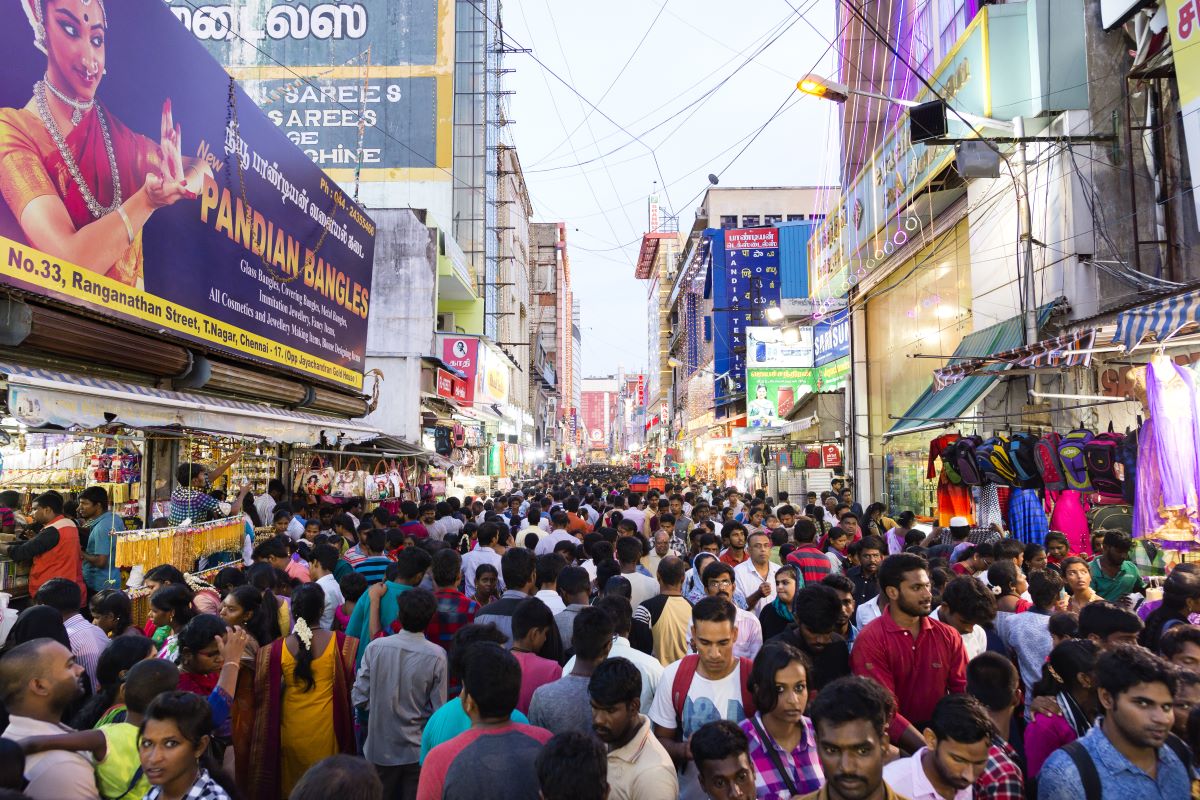Rising wages, sustained growth and political stability have catalysed the evolution of India consumption patterns, where individuals, along with the necessities, are spending more on health, education, leisure, technology, and lifestyle products.
During the last decade, household consumption in India grew 13% year on year to reach $151.25 bn in 2019, a Boston Consulting Group report said. With increasing affluence, a gradually more upwardly mobile population and an empowering macro-economic environment, the number is likely to grow further in the next few decades.
India consumption story
Consumption across household, essential, health products, media and automobiles showed an upward trend during July. A survey by consumer data intelligence firm AxisMyIndia found that though 44% of the respondents acknowledge progress in living standards in the last couple of years, 34% are still concerned about inflation.
The AxisMyIndia survey covered five sub-indices and underlined that sentiment linked to mobility reduced by 1% from June, while sentiments related to discretionary products remained the same. Generally, sentiments hint at an optimistic future for India in the next 25 years. The August net CSI score, calculated by percentage increase minus percentage decrease in sentiment, is currently at +9 — the same as in June.
Commenting on the CSI survey, AxisMyIndia chairman and managing director Pradeep Gupta said, “While inflation and lack of employment opportunities continues to be of concern, a major chunk believe that their living standards have improved in the last few years and as we come close to the 75th year of Independence.”
The survey report shows that overall household spending has increased for 61% of families which reflects a 2% increase from June. The net score which was at +50 last month increased by +2 to +52 in July. Spending on essentials like personal care and household items has increased for 45% of the families, which is a 1% increase over June.
Spends on non-essential and discretionary products like AC, cars, and refrigerators continued to remain the same for 88% of families while increasing for 6% of families.
FMCG industry reports growth
Meanwhile, the fast-moving consumer goods (FMCG) industry in India reported a 10.9% growth vis-à-vis value in the June quarter, aided by a rise in consumption. However, the rural markets remained sluggish in non-food segments, data analytics firm NielsenIQ said on Tuesday.
The data analytics firm further said the general consumption increased in the April-June quarter but on an annual basis, it showed a negative growth of 0.7% during the period. The FMCG industry witnessed a growth of 10.9% in terms of value in the June quarter, the report said.
In the April-June 2022 period, the urban markets revived with positive volume growth of 0.6% but the rural markets reported a negative growth of 2.5%. According to Satish Pillai, NielsenIQ Managing Director India, there has been a double-digit price growth in the last five quarters, owing to factors such as inflation and other macroeconomic variables. Pillai said that the latest trend beats the last two-quarters of consumption decline and highlights the onset of cautious optimism among consumers.
Fast developing economy
The consumption story in India has multiple drivers – firstly, there is promising evidence of a resurgence in income growth. Increasing income and development of the middle-income segment are likely to drive future consumption growth. The GDP of the country grew by 8.7% in FY 2022 – the highest in 21 years.
India has a highly diverse population with various requirements and needs. In addition, with the diminishing rural-urban gap, consumption may well get a further boost. Last but not least important, technology advancements such as Unified Payments Interface (UPI) and digital wallets are connecting people and businesses in several ways and enabling better information discovery and smooth transactions.
“India consumption is the most exciting growth story in Asia driven by superior demographics, rising middle class, low household debt and under penetration,” said Rahul Chadha, Chief Investment Officer at Mirae Asset Global Investments, at an event. He identified some multi-year investment themes, amongst them financial inclusion, healthcare, and housing.
For example, India has a huge unmet demand in affordable housing, said Chadha. “Investments of over $2 tn required translating to $250 – 260 bn annual demand. Since construction has a high GDP multiplier, a government boost to housing will help both economic growth and job creation.” As beneficaries Chadha sees banks, cement, paints, consumer durables, and real estate companies.










 Australia
Australia China
China India
India Indonesia
Indonesia Japan
Japan Malaysia
Malaysia Philippines
Philippines Singapore
Singapore South Korea
South Korea Taiwan
Taiwan Thailand
Thailand Vietnam
Vietnam
 Germany
Germany Hong Kong
Hong Kong Switzerland
Switzerland Singapore
Singapore
 United Kingdom
United Kingdom








